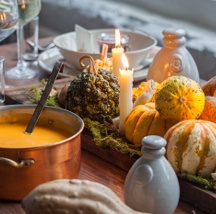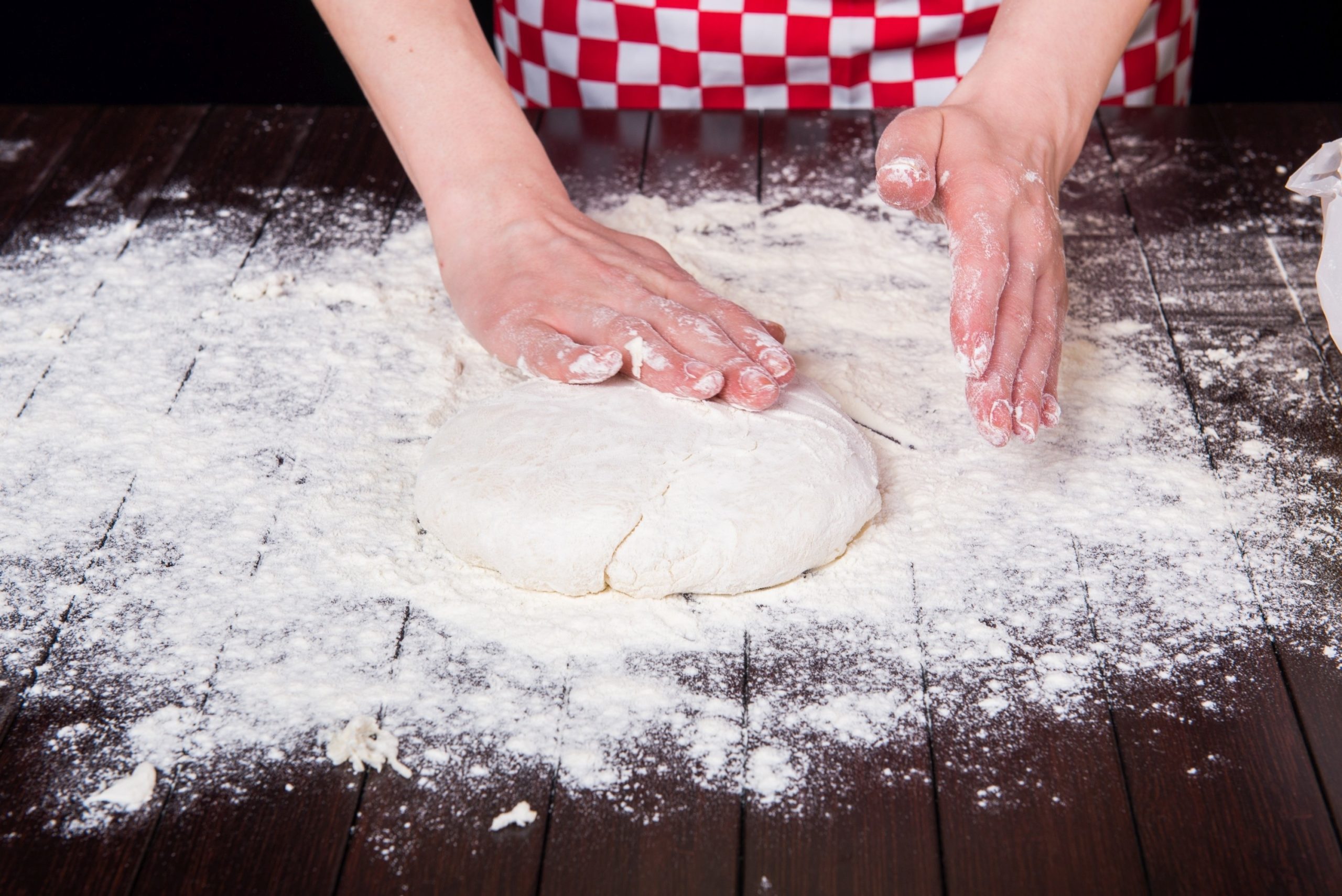
I remember being a young girl at Thanksgiving – the smells coming from the kitchen of the turkey baking in the oven, the pie crust being rolled onto the counters covering everything in sight with flour and my siblings running around getting ready for the holiday specials soon to air. But the best sound was my grandfather’s 1985 Lincoln Continental coming into the driveway. I would run to the door with excitement because I loved when they came over. It changed the ambience, the feeling of the holiday in a way that even today I can’t explain. The sight of them, their voices and stories, the food my grandmother made, it became everything I wanted every holiday moving forward to be. To be honest, I don’t even remember what we ate, I remember the people.
Whether it’s Thanksgiving or the coming holiday frenzy we are often caught up in the things – the food, grocery shopping, gift shopping, decorating, and the list goes on, to make it perfect, special and memorable. Amidst all of this I recall more memories of being at my grandmother’s house to get out of my mother’s hair while she cleaned and sitting at my gram’s kitchen table. In those glorious moments she taught me why she made certain cookies, “my favorite Aunt Hannah loved these and she used to add a little more cardamom to this one,” or “your mom used to love these.” Everything had a story and my grandmother reveled in the fact she had someone to share those stories with, the ones important to her – with hopes they’d continue. That was her spark.
Shamefully I think back and wonder why did we have to drive all the way downtown to the senior housing community to pick up my great-great-aunt Emily who could barely hear and brought the strangest desserts? To my defense I was only 8 but looking back at those pictures I see Emily sitting and holding me in her lap and her smile was so bright. She was surrounded by family and that was what she loved. She didn’t say much or at least that’s what I remember, but she was there and she loved coming to our home for every holiday. I didn’t realize she needed that more than me.
 Both Emily and my grandmother lived very long and healthy lives – both just shy of 90. Maybe it was the scotch my grandmother had every night – a highball glass, just the right amount of scotch, two ice cubes and a splash of water – or maybe as Harvard researchers pointed out recently it was something more. Maybe they lived long lives because they (and my aunts) made it a point to include them at every family event we had. We spent a lot of time with them, just connecting. Just so happens, they sharing their purpose and presence are the keys to living a long happy life. And studies are proving this theory – seniors need more than just medical care to live longer.
Both Emily and my grandmother lived very long and healthy lives – both just shy of 90. Maybe it was the scotch my grandmother had every night – a highball glass, just the right amount of scotch, two ice cubes and a splash of water – or maybe as Harvard researchers pointed out recently it was something more. Maybe they lived long lives because they (and my aunts) made it a point to include them at every family event we had. We spent a lot of time with them, just connecting. Just so happens, they sharing their purpose and presence are the keys to living a long happy life. And studies are proving this theory – seniors need more than just medical care to live longer.
Researchers at The Harvard Study of Adult Development tackled ‘problematic issues of aging’ sharing their findings in a study they recently shared. In the article, ‘Good Genes are Nice, But Joy is Better’ researchers tracked 268 Harvard males since 1938 during the Great Depression (the school was all males then which is why no females were part of this particular study) for 80+ years to see what contributed, if anything, to them living happy, healthy lives. They were shocked to learn that ‘flourishing in life is a function of close ties with family, friends, and community’ and ‘has nothing to do with fame, wealth, social class, IQ, genes, etc.’ One of the researchers, Robert Waldinger, a psychiatrist at Massachusetts General Hospital and a professor of psychiatry at Harvard Medical School, said the study revealed that our relationships impact powerfully on our health. “People who are more isolated than they want to be from others find that they are less happy, their health declines earlier in midlife, their brain functioning declines sooner and they live shorter lives than people who are not lonely,” said Robert. “And the sad fact is that at any given time, more than one in five Americans will report that they’re lonely.”
It’s also one of the reasons Lifespark focuses on social isolation and community connections as part of their whole person approach for seniors. We know loneliness is a major contributor to poor health outcomes and addressing it can change the aging experience in very powerful and meaningful ways.
I think back to the photographs of family members and the joy in their eyes is evident. It’s also heard in my sister’s mother-in-law’s voice when I invite her to our table every year because she doesn’t have anywhere to go. And then I think this, not the other stuff, is what the holidays are really about – togetherness, community, social interaction and just being present with one another. I encourage you to think of all the people you know who might be alone, the seniors who feel left out or don’t want to be a burden, invite them anyway and make it a point to let them know their presence is valuable, their stories want to be heard, and their purpose is needed.
As I try to recreate feelings of Thanksgivings past I realize filling my table with people is more valuable than the stuff. It’s okay that many of our older loved ones are no longer at the table, their stories are. My kids don’t physically know who Emily or Ruth was but they will know that their great-great-great-great-great aunt Hannah liked to add in a little extra cardamom. For that I’m thankful.
How are you spending Thanksgiving? Share On!


